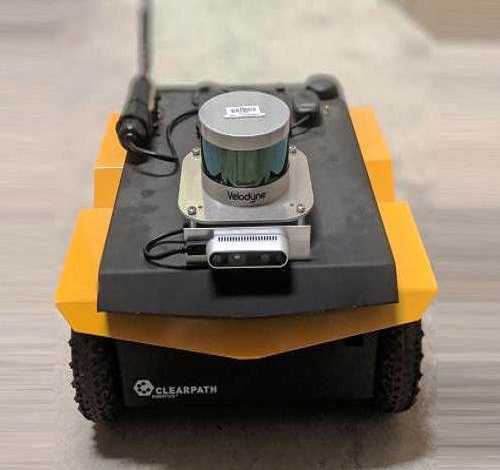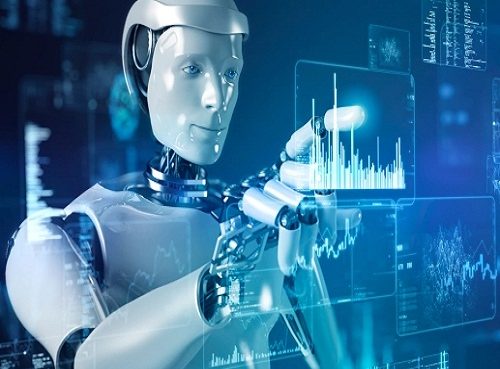Self-driving vehicles can learn from human drivers, then sometimes out-drive them, according to US Army research.
The team designed an algorithm that allows an autonomous ground vehicle to improve its existing navigation systems by watching how a human driver remote-controlled the same vehicle, calling the approach ‘adaptive planner parameter learning from demonstration’ – APPLD.
The approach was compared with current autonomous navigation systems built around hand-tuned algorithms – which rely on the prescience of designers and can trip-up when presented with unforeseen environments. These improve gradually through trial, error and re-tuning.
Rather than replacing a classical system, according to the US Army, APPLD takes them and mixes in machine learning from human demonstrations, learning how to tune the existing system to behave more like the demonstration. This retain the benefits of a classical navigation systems, while allowing the system adaptable to new environments.
“A single demonstration of human driving, provided using an everyday Xbox wireless controller, allowed APPLD to learn how to tune the vehicle’s existing autonomous navigation system differently depending on the particular local environment,” researcher Garrett Warnell. “For example, when in a tight corridor, the human driver slowed down and drove carefully. After observing this behaviour, the autonomous system learned to also reduce its maximum speed and increase its computation budget in similar environments. This ultimately allowed the vehicle to successfully navigate autonomously in other tight corridors where it had previously failed.”
The Army Research Laboratory worked with the University of Texas at Austin.
“From a machine learning perspective, APPLD contrasts with so called end-to-end learning systems that attempt to learn the entire navigation system from scratch,” said Professor Peter Stone of UT Austin. “These approaches tend to require a lot of data and may lead to behaviours that are neither safe nor robust. APPLD leverages the parts of the control system that have been carefully engineered, while focusing its machine learning effort on the parameter tuning process, which is often done based on a single person’s intuition.”
The work is published as APPLD: Adaptive Planner Parameter Learning From Demonstration. in IEEE Robotics and Automation Letters (pay for access).
Having tested the idea in simple indoor environments, the plan is to try it in a variety of outdoor environments, and to investigate whether including additional sensor information such as camera images can lead to learning more complex behaviours.
Source: electronicsweekly










